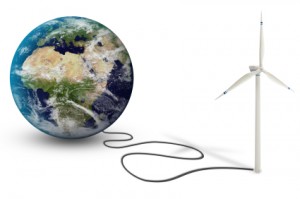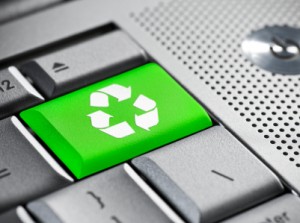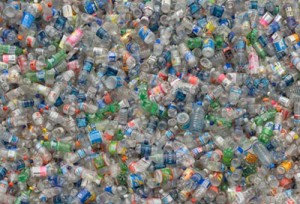 The cure for the runaway use of plastic water bottles has been right in front of my face every Tuesday night. It’s the beer tap in my local bar. With a few tweaks and some creative marketing, the tap could be the end of the perpetual stream of plastic bottles clogging landfills and waterways. (Which, in the interest of full disclosure, I squawked about back in 2009.)
The cure for the runaway use of plastic water bottles has been right in front of my face every Tuesday night. It’s the beer tap in my local bar. With a few tweaks and some creative marketing, the tap could be the end of the perpetual stream of plastic bottles clogging landfills and waterways. (Which, in the interest of full disclosure, I squawked about back in 2009.)
Bottled water sales were supposed to have peaked – or “tapped out” in the words of the Washington Post – in 2009. That was good news for us crunchoid types who think bottled water is an over-used indulgence that consumes too much plastic and landfill space. The good times lasted a year. Despite public awareness campaigns by groups like banthebottle.com, bottled water sales rebounded in 2010. The spring (no pun intended) 2011 edition of the bottled water industry’s trade magazine, the Bottled Water Reporter, announced that the industry was on the rebound and poised for growth in the U.S. and worldwide. And remember, the backdrop to this resurgence is that we didn’t make much of a dent in our 167-bottle-per-person-per-year habit when sales slowed in 2009, we just temporarily curbed its growth.
I’m on record in this space a few years back as having no particular quarrel with plastic. I just think we use too much plastic in the U.S., where clean tap water is the rule rather than the exception. Why burn energy to pump crude out of the ground, burn more to refine it into petrochemicals, then more to turn it into single-serve plastic water bottles? There are better ways, and I’m offering one to the bottled water and convenience store industries royalty-free:
Step One – Convenience stores, remove the cooler space currently devoted to bottled water.
Step Two – In its place, install a cold tap system with at least three or four spigots. One of them should always be local tap water.
Step Three – Invite water companies to rent a tap, install a branded handle, and hook it up to their own brand of water.
Step Four – Sell refills of branded water for a quarter a whack and give the local tap water away for free. Customers have to fill reusable water bottles. If they don’t bring them in, they can get one for a deposit – a hefty enough sum to encourage them to hold onto the bottle or bring it back, but not enough to scare them away.
There’s something in this for the stores and the water companies. The stores can devote less space to water sales and don’t have to re-stock single-serve bottles. They can brand their water bottles with their own logos and colors as promotional items. The water companies can bulk-package their product, which is cheaper and more environmentally sound. That should reduce the amount of static they get from the anti-bottle lobby.
I will admit there are a few holes in the plan that I haven’t yet figured out. How much does it cost to maintain a steady supply of clean water bottles, for example? Truth be told, I’d rather we all just drank local tap water and forgot about water that has to be pumped out of the ground (with electricity) packaged (in plastic) and transported (burning diesel fuel). But designer water has caught on, so why not use free market economic principles to accomplish something for the environment?
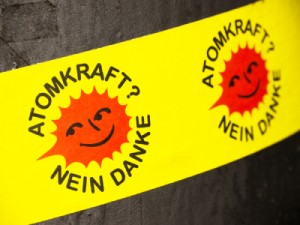

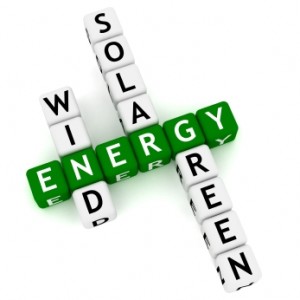
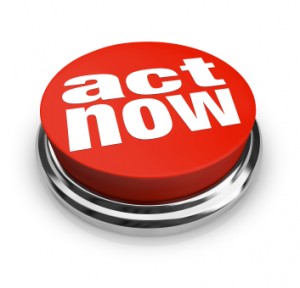

 (both economically and politically), helping create a higher standard of living, the modern consumer society, and a proliferation of new technologies. Although airplanes and automobiles would continue this revolution, it was the railroad that paved the way.”
(both economically and politically), helping create a higher standard of living, the modern consumer society, and a proliferation of new technologies. Although airplanes and automobiles would continue this revolution, it was the railroad that paved the way.”